LG 47LX6900 Review
LG 47LX6900
It certainly looks the part, but does this 47in LED LCD TV deliver on performance?
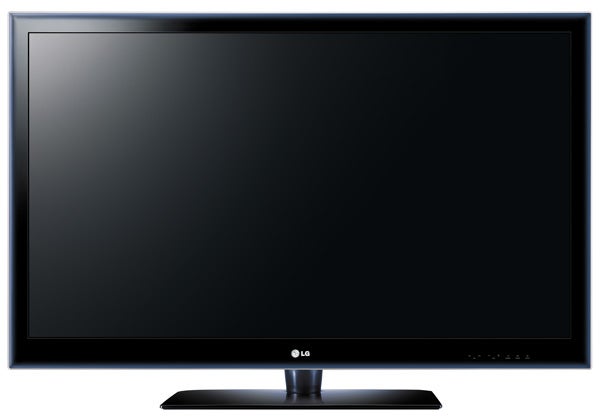
Verdict
Key Specifications
- Review Price: £1169.99
LG’s approach to 3D is either impressively wide-ranging or rather scattershot, depending on your point of view. For as well as the direct LED alternate frame 3D and CCFL LCD passive 3D screens we’ve already looked at, the brand also now has plasma 3D alternate fame models, which we’ll be looking at soon, and edge LED 3D models, one of which sits before us today.
The set in question is the 47in 47LX6900, and a very nice-looking set it is too. It doesn’t have the ‘single layer’ fascia finish of LG’s so-called Infinia sets, but its slightly split-level bezel, gentle blue tinge to its extremities, blue-necked desktop stand, and extreme (sub 3cm) thinness make it a sight to behold.
Given how thin it is, though, it seems a bit daft that many of its connections – including three of its four HDMIs – face straight out of the TV’s rear. This means the set isn’t nearly as easy to hang on a wall as such a slender TV should be.
At least the connectivity on offer is pleasingly prodigious. For as well as the previously mentioned four HDMIs, you get an Ethernet port, a USB input, a D-Sub PC port, and a port for attaching LG’s cool-sounding-but-hard-to-find Wireless AV Link optional extra box, via which you can stream in HD video and audio wirelessly from your external sources.
The Ethernet port offers all the features we would expect of such a socket, too. For instance, it’s there as mandatory support for a built-in Freeview HD tuner. Plus it can be used to jack the TV into your network for playback of video, music and photo files from a connected DLNA PC. And finally it can be used to access LG’s NetCast online service. 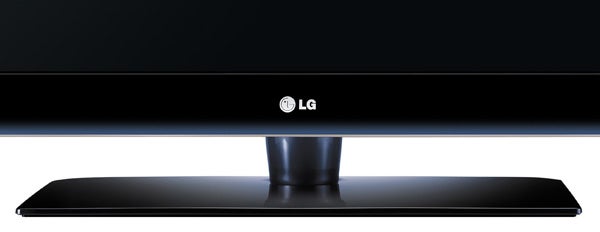
As noted in other recent LG reviews, this service is currently a bit rubbish compared to rival systems, with only YouTube, Picasa and Accuweather services to its name. We’re really looking forward to being able to talk about more exciting online features with LG’s 2011 range!
What the 47LX6900 lacks in Net services, though, it makes up for in picture setup options. For it’s yet another LG TV that’s been endorsed by the Imaging Science Foundation, meaning it has such excellent calibration aids as two or 10-point gamma adjustment, and a pretty fulsome colour management system, including the facilities to adjust the brightness and contrast of the RGB colour components and the saturation and tint of the RGBCMY elements.
The set also carries LG’s TruMotion 200Hz system, and rather more controversially/craply, local dimming, whereby sections of the edge LED lighting can be adjusted individually. The problem with this is that the level of localisation achievable is really very limited, with the result that if you have bright parts of a picture within a generally dark scene, you end up with a pretty blatant – and thus highly distracting – ugly grey square around the bright part of the picture. So basically, our advice is that you keep this feature turned off at all times!
Turning to the 47LX6900’s key 3D functionality, the 3D transmitter comes built into the screen, and you get a single pair of active shutter glasses included for free. Ideally we would have liked to get two pairs of glasses given that 3D is supposed to be a social medium, but then we guess that might be asking a bit too much for the sort of deflated price we’ve found the 47LX6900 going for.
Two final things we should mention before getting into the 47LX6900’s picture performance are 1) that it boasts LG’s outstanding onscreen menu system and a decent remote control, and 2) that our set bizarrely refused to play a picture from our Xbox 360 console. This latter issue is surely just an issue specific to our review sample, but if any 47LX6900 owners have experienced the same problem, feel free to say so in the Comments section!
The quality of the 47LX6900’s performance relative to its peers varies depending on whether you’re watching 3D or 2D. And regular readers will probably be able to guess which one fares the best.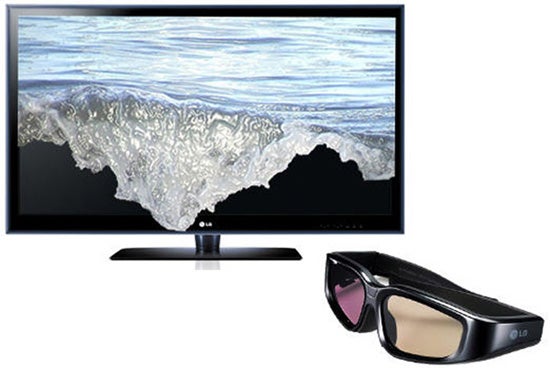
The unfortunate if hardly unexpected fact is that 3D material is distractingly bothered by crosstalk noise. Watch a Sky 3D football match, for instance, and you can see double ghosting around players, the ball and the pitch lines. The amount and aggressiveness of the ghosting varies according, it seems, to the distance from the action of a particular shot, with mid and distance shots being the worst. But it certainly crops up frequently and is always very distracting.
We saw it on every other 3D source too, be it ”Black Ops” in 3D on a PS3, or ”Monsters Vs Aliens” on Blu-ray. And crucially it’s much more blatant than it is on any of the 3D plasma TVs we’ve seen so far.
As we always find, crosstalk makes viewing 3D for more than a few minutes at a time quite tiring, and as such is hardly conducive to watching a full-length 3D movie. This is a shame, as the 47LX6900 does a fine job of 3D in other ways, delivering it with impressive brightness and colour toning. In this respect, it betters the plasma 3D sets – as it also does with respect to 3D shadow detail and sharpness. Except for when crosstalk spoils things…
For all its good 3D work, though, its the crosstalk that ultimately defines its 3D experience.
The 47LX6900’s 2D pictures are altogether more watchable. For without the crosstalk in play it’s easier to appreciate the screen’s many good qualities. Colours are extremely aggressive, for instance, making sure that pictures are explosively attention-grabbing even in a very bright room.
The set’s HD pictures are seriously detailed, clear and sharp too, yet not in a forced way. In other words, the detailing isn’t accompanied by ringed contours or overt noise.
Motion could be better handled when it comes to judder, but LCD’s more aggravating flaw of motion blur is well suppressed by the 200Hz engine.
The set isn’t a bad standard definition performer either, upscaling DVDs and even much noisier standard definition Freeview channels to its full HD resolution so that they look neither as soft or as messy as we might have expected.
While the 47LX6900 can occasionally produce a truly outstanding 2D picture when all the right picture source planets happen to come into alignment, it also suffers a flaw or two.
By far the worst of these concerns the screen’s black level response. Initially it looks OK, especially with the local dimming tool active. But once you’ve turned this feature off for the reasons given earlier, dark scenes appear behind a veil of tell-tale grey ‘mist’ that considerably reduces the image’s dynamism, hides shadow detail, and generally makes dark scenes less pleasurable to watch than bright ones.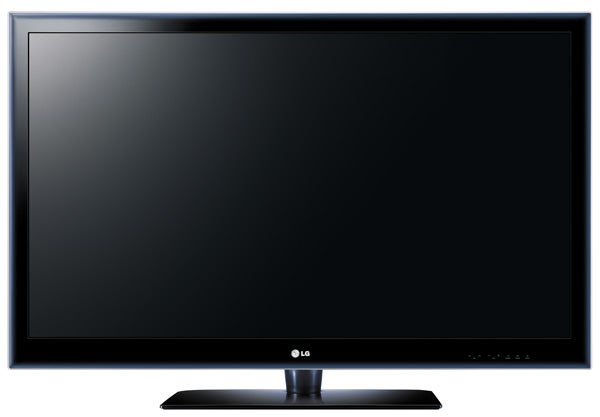
Compounding this thorny problem is the appearance of a little backlight inconsistency, whereby the corners of very dark pictures look noticeably brighter than the rest of the picture, and the common direct LED problem whereby black level response reduces dramatically if you have to watch from any significant angle down the TV’s sides.
Another less troubling problem is that colours sometimes look a bit plasticky in places, on account, we presume, of the screen not having quite enough colour processing power to resolve subtle colour blends with total precision.
Finally in the negative column, while the TruMotion circuitry does a good job of suppressing motion blur, it can throw up more processing side effects than we’d ideally like. Keeping the TruMotion system to its lowest power setting still delivers a decent balance between motion improvement and the processing noise, but the system is certainly not up there with what the likes of Sony, Panasonic and Philips are achieving with motion processing these days.
The 47LX6900’s sound is slightly better than we might have expected given the TV’s extreme slenderness. As usual, there’s a definite shortage of bass, which leaves action scenes sounding unconvincing and lopsided. But the mid-range is at least dynamic and open enough to keep raucous scenes sounding detailed and clear, and pretty loud volumes can be achieved before real distortion sets in. Though if you do push the TV loud while watching an action film, be prepared for the odd moment of wince-inducing harshness along the way.
Verdict
The 47LX6990 has the price, looks and features of a real star turn. And every now and then it gets close to delivering on that potential with its performance, too. But unfortunately, a malnourished black level response and some marked crosstalk noise with 3D viewing conspire to leave it looking overall more average than we’d hoped.
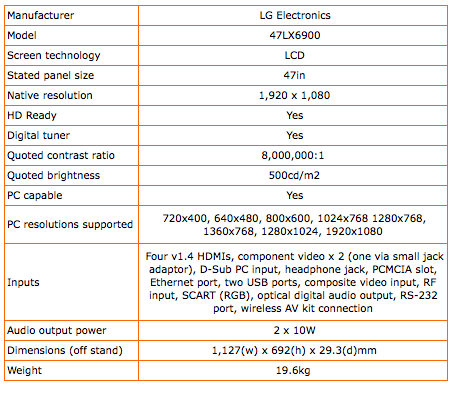
How we test televisions
We test every TV we review thoroughly over an extended period of time. We use industry standard tests to compare features properly. We’ll always tell you what we find. We never, ever, accept money to review a product.
Trusted Score
Score in detail
-
Features 9
-
3D Quality 7
-
Value 8
-
Design 9
-
2D Quality 7
-
Sound Quality 7
Features
| Size (Inch) | 47in |
| Display Type | LCD |
| Max. Resolution | 1920 x 1080 |
| Digital Tuner | DVB-T (MPEG4) |
| 3D Ready | Yes |
| Contrast Ratio | 8000000:1 |
| Refresh Rate (Hertz) | 200Hz |
Physical Specifications
| Height (Millimeter) | 758mm |
| Width (Millimeter) | 1127mm |
| Depth (Millimeter) | 29.3mm, 29.3mm |
| Weight (Gram) | 19.60g |

